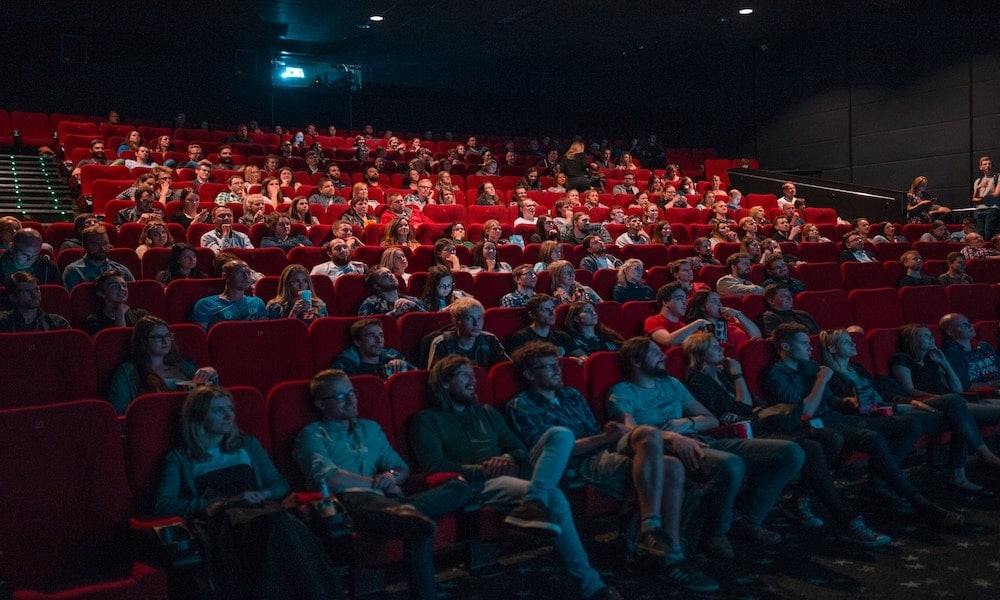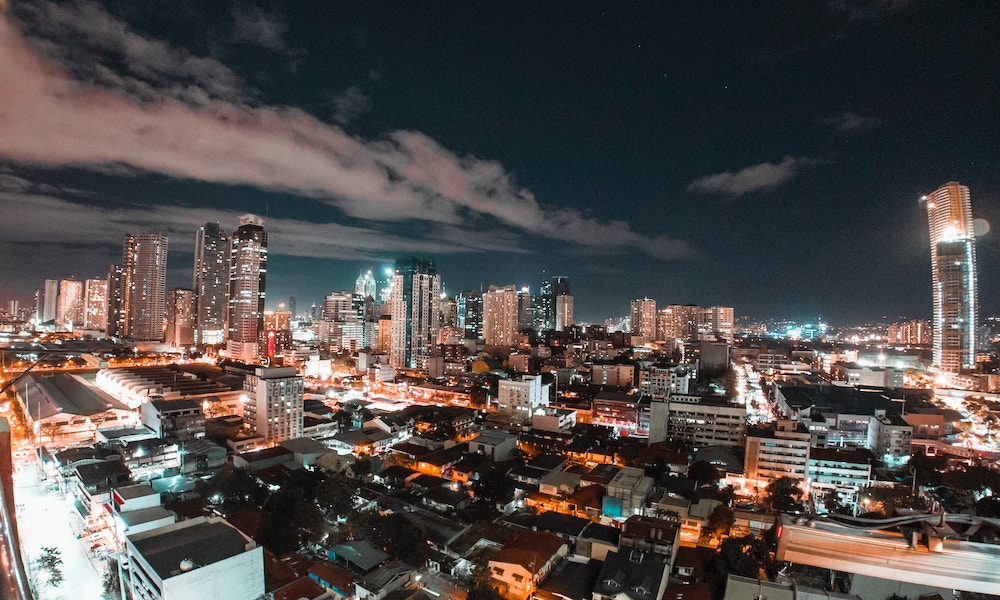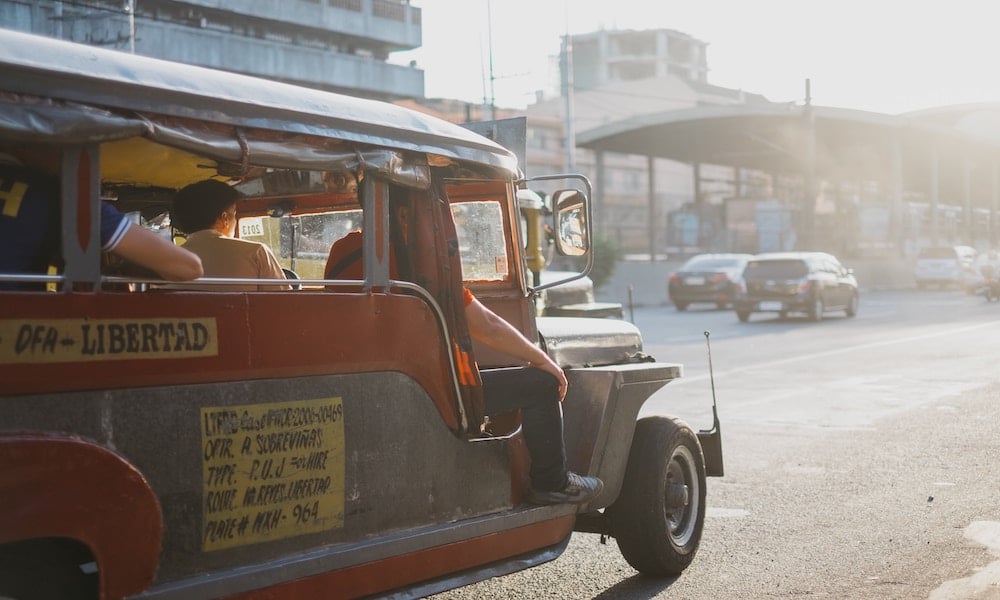The Philippines has become one of the world’s most popular place for foreigners to live not only because of the hospitality of the Filipino people but also due to the low cost of living. Yet, as the years go by, it is inevitable that the country will also suffer an increase in the cost of living.
Manila is one of the three metropolitan areas in the Philippines. It houses over a million Filipinos, making it the most densely populated city in the world.
In the annual Mercer Cost of Living Survey, Manila is placed at the 109th spot of the world’s most expensive cities to live in, which is a massive jump from its 138th rank in 2018. It goes to show that in a year, there has been a significant increase in living expenses, making Manila not as much cheaper as before.
If you are planning to live in Manila anytime soon, better take a look at the following to be able to prepare yourself financially.
Finding a place to live
As a densely populated area, it is no brainer that housing does not come cheap in Manila. However, there are many options that you can choose from whether you want to own your place or simply rent for the short-term.
As a metropolitan city, Manila is filled with high-rise condos that are available for rentals. Depending on how many bedrooms you want, you can find rental condos in the following areas.
- For one-bedroom condos, the cheapest rent rates are found in Las Pinas with an average of Php13,000 per month. Paranaque comes next with an average of Php18,000. For premium condos, Makati and Taguig have rental rates ranging from Php42,000 to Php46,000 per month.
- For two-bedroom condos, Paranaque reigns as the cheapest place to live in with only an average rental rate of Php25,000 while San Juan averages at Php26,000. For premium condos, Makati and Taguig remain to be the most expensive with rental rates from a whopping Php84,000 to Php100,000.
Buying a place in Manila
If you are looking for a permanent fixture in the city, then you better be ready to shell out some serious cash. Buying a home in Manila is not cheap, as most of the lands are sought by corporations seeking to build condos and malls.
In 2016, the cheapest house and lot for sale can be found in Paranaque at a price of 3.2 Million Pesos. Decent rates are also found in Muntinlupa and Mandaluyong at Php6 Million. For areas closer to the metropolis, a house and lot in Taguig, Makati, and San Juan ranges from Php6Million to Php12 Million.
If you are seeking for a house with more than three bedrooms, then you will find yourselves with a list of home and lot options that range from Php10 Million to Php50 Million. However, Makati has a far different price, which averages at a whopping Php200 Million.
In addition to the price of the house and lot, you also have to pay for transaction fees that are required by the government. Here are some of the expenses that you should take into account before purchasing a property in Manila:
- Capital Gains Tax – The CPG is the tax that is bored out of the difference from the seller’s acquisition cost and the selling price. Currently, the capital gains tax is 6% of either the residence’s selling price, zonal value, or fair market value, whichever has the highest amount.
- Documentary Stamps Tax – At a rate of 1.5% of the same selections as the capital gains tax, the documentary stamps tax is imposed on documents that evidence the transfer of ownership, such as a Deed of Absolute Sale.
- Title Registration Fee – To fully own the property, you must register it on the Registry of Deeds so that all presumptions of ownership will be in your favor. To register, you must pay a price of at least 0.25%, although most of the time, the price will vary depending on the property’s location.
Finding a place to live in Manila is taxing. Considering that it is a densely populated area, there is a high demand for housing, which is why property prices do not come cheap.
That is why it is essential to think long-term when it comes to choosing between buying a house and lot or renting a property in the city.
Maintaining utilities
Like every other place, utility charges do not take too much financial burden if you learn how to use it properly. For those in Luzon, the average rate of electricity is at Php9.56 per KwH, while water services are charged at Php28.52 per cubic meter.
Related: Cost of Living in Cebu
Getting around the City of Manila
It is a well-known fact that Manila has a crazy traffic condition. News outlets regularly provide traffic updates alongside EDSA. This traffic condition is part of the reason why housing in Makati and Taguig are more expensive, considering that it is nearest to BGC and Greenbelt, which are the city’s luxurious mall and a central spot for business hubs.
Metro Manila has a wide selection of transportation options. If you want to save money, there are jeepneys and motorcycle rides via Angkas that can take you to your destination. There is also a train railway system better known as the MRT and the LRT, which you can use by purchasing the smart cards called BEEP.
The minimum jeepney fare starts at Php8, while the MRT/LRT rate starts at Php15. Public transportation can be risky; that is why make sure that you do not flaunt around any expensive items that you have and look out for your things.
On the other hand, a more private and comfortable option is given by Taxis and Grab rides. The Grab mobile application even allows carpooling, which can help defer extra costs. Riding a taxi starts at a starting rate of Php40 with an additional Php13.50 every kilometer and Php2 per minute.
Food
One great thing about Manila is its abundance of a selection of food options. You can find a variety of food choices from cheap ones to luxurious ones.
Anywhere you go, cheap food can be found in the streets and carinderias. Virtually every corner of residential areas has at least more than two carinderias selling cheap viands and free soup.
If you want to splurge on expensive food, malls are rampant in the city. You can find gourmet eateries, buffets, and experience a first-class dining experience.
For food trips with your friends, you can find tons of foodie streets along Poblacion, Barangay Kapitolyo, and BF Homes. These foodie streets offer different tasty snacks and meals such as tacos, burritos, fries, nachos, burgers, and ribs.
But, if you are skimping your budget, the best way to survive throughout the week is to cook your food. Mall prices are generally way higher, especially when it comes to vegetables and other perishable goods.
That is why you will notice that even at the break of dawn, many Manilenos opt to purchase their food at a street market where ingredients are delivered fresh daily and are way cheaper than those in the mall.
At an average, one meal in a carinderia will cost only about Php50. Fast food restaurants usually have a minimum rate of Php75 for their value meals. For middle to high-end restaurants, be ready to shell out at least a minimum of Php300.

Fun activities and entertainment
When it comes to partying and fun activities, Manila is undoubtedly one of the best places to be around the whole country. There are thousands of entertainment activities that one can do in the city.
When you want to have fun in the mall, you can watch movies at only Php250 for every regular ticket. Prices of clothes and other shopping items are also most likely similar to other malls in the country. You can find huge malls where you can spend a day in such as the SM Mall of Asia, SM Megamall, Greenbelt, and Glorietta.
For a remarkable nightlife, Manila also has a considerable number of bars and clubs to offer. Most drinks are charged with a markup of more than Php30 than the retail price, so be sure to have enough money when you intend to have an awesome night out.
The best bars around the city include Nokal, which replicates a typical New York restaurant. The bar can be found in Makati alongside Poliliya, which, contrary to Nokal, gives off a local vibe with its Filipino enchantment and superstition theme.
However, if you are looking for some downtime and you just want to chill, the area is also filled with coffeehouses where you can read a book or simply relax. Almost every mall in Manila has Starbucks, but the Starbucks Reserve, which incorporates exclusive roasts and blends, is found in Makati inside the Mall of Asia Arena.
For a more organic and local vibe, the Tilde Hand Craft Café, located in Makati, is a popular place for people looking to escape the fast-paced city. There are also other local shops such as the White Camp Coffee that serves Frozen Hot Chocolate, which is one of their bestsellers. The Washery is also a famous coffee shop because you can order their coffee while at the same time, doing your laundry.
Other miscellaneous expenses
To make sure that you would not be surprised by the cost of living in Manila, here are other fees that people spend their money in while living in the city.
- Gym memberships – As a new year rolls over, many people would then register in gyms. In business districts such as BGC, the average monthly rate of a gym membership is Php2,500. However, you can also find many gyms outside the zones that may cost only Php500 for the most affordable gym in the city.
- Prepaid Mobile Subscriptions – Not all places in Manila get to have free WIFI. Today, getting a mobile data subscription is equally essential to have a prepaid load. Through mobile data, people get to communicate much faster through apps such as Messenger and Twitter. Most people also find it necessary to update their followers throughout their day by posting to Instagram stories.
- Doctor’s Appointment – Manila, being a highly-populated area, presents a high risk of infection. That is why you should at least try to find a good doctor and schedule an appointment every six months. By doing regular check-ups, you get to see whether your new living condition is taking a toll on your health.
- Education – Another reason why Manila is highly populated is that a lot of students in the provinces study in Manila-based universities. Educational Institutions in the city consists of some of the world’s leading universities such as the University of the Philippines, Ateneo de Manila, De La Salle University, and the country’s oldest school, University of Santo Tomas.
Without a doubt, to live comfortably in Manila, it requires shelling out a higher amount of expenses than those in other provinces. But the city is also a hotspot for different cultures as it is the landing spot of most international travels.
Living in Manila also entails that one should balance their interest. So unless you have millions to spend, getting a comfortable living condition in Manila is highly improbable. For example, if you prefer to have easy access to the capital, then it follows that you should probably get a condo in Makati or Taguig, two of the most expensive places to live in Manila.
On the other hand, if you would rather skimp on your housing, then you can find affordable options such as in San Juan and Pasig. However, you would have to commute and experience traffic to get to the capital.
Manila moves at a very fast-paced rate. Much like New York, the city is full of life, and people are running off to attend errands or meetings. Despite the many criticisms that the city faces, it remains to be the center of the Philippines’ economic growth.
Read more:
Cost of Living in India – Bangalore, Delhi and Mumbai Comparison

